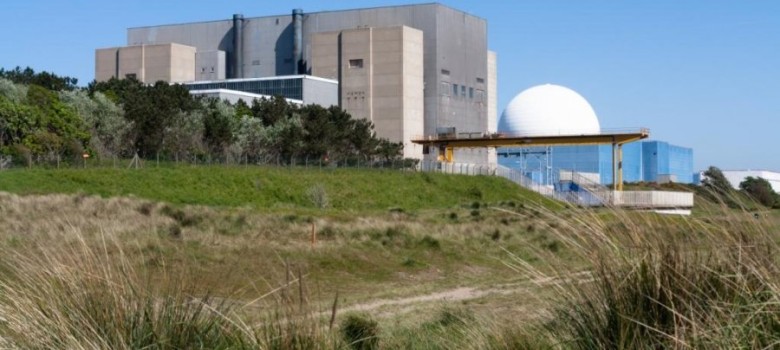
Heysham Nuclear Power Station – Key Facts
The site at Heysham is divided into two individually managed stations, 1 and 2. Heysham 1 and Heysham 2 are both made up of two advanced gas-cooled reactors, which provide enough energy to run 2.5 million homes each, equivalent to around three cities the size of Birmingham, during peak loading hours.
Heysham 1 and Heysham 2 contribute about 22.3% of the UK’s nuclear energy, with a combined capacity of 2370MW (H1 – 1160MW, H2 – 1210MW). Together they provide 3.86% of the UK’s total electricity supply.
Nuclear power can be a huge benefit on the host nation, being able to provide constantly high amounts of energy, while at the same time being emission free (although the resulting nuclear waste is difficult to dispose of). In 2011 the 11% intensification of nuclear energy sources helped reduce greenhouse gas emissions by 7%.
Heysham Nuclear Power Station – Brief History
While Heysham 1 was built and complete in 1983, it did not reach its full potential for commercial operation until 1989. The building process was filled with time-consuming interruptions due to a compacted design, being used in order to cut capital expense, creating construction problems over constrained access.
It seemed that in 2007 Heysham 1’s day would be numbered after the reactor was placed out of service following the discovery of wire corrosion during a routine maintenance check. However EDF’s strategic priority is to maintain and extend the lives of as many nuclear power stations as possible. Therefore repairs were made and it was reopened on a reduced capacity in 2009. In 2010 it was given a further life-line when EDF granted it an additional five years, on top of the original decommissioning date of 2014, when plans were devised to enhance output close to full-potential.
Heysham 2 was completed in 1988 and built by the National Nuclear Corporation, using a larger footprint while at the same time not compromising on potential output. This was due to the lessons that were learnt during the construction of the more compressed Heysham 1. It has a scheduled decommissioning of 2023, however that may change depending on the stance of EDF.
Heysham Nuclear Power Station – Environmental Impact
Throughout the history of Heysham’s nuclear power stations, there have been concerns as to the proximity of the sites to highly populated areas. As a result the Health and Safety Executive advised that an area south of the site of Heysham 2, of around 80 acres, could not exceed the semi-urban criterion. The importance of water also causes problems in many cases, due to nuclear power stations requiring vast quantities in order to pump cooling water through the system, often at a rate of 50m3 per second. However, at Heysham the stations are situated on the coast and so these problems are minimised.
New Power Startion at Heysham?
In 2010, Heysham was admitted onto a shortlist of eight potential sites for a new power station. However, after EDF cancelled an agreement with the National Grid, talks seemed to cool over a third Heysham station, with thoughts turning instead to Hinckley Point and Sizewell.












could the companies who built Heysham 1 and 2 build Heysham 3 AND 4
Also how and where in the Lake district could 4 or 5 more welch Diniwork water storage installations be built?
AND what about making Morecambe Bay a tidal genereating item?
This picture is of Sizewell A and B, please do your research properly before posting things next time